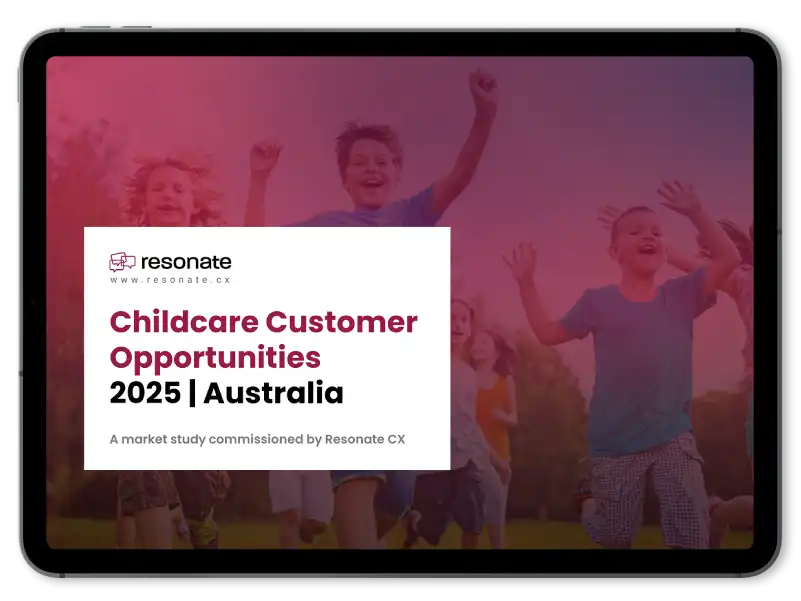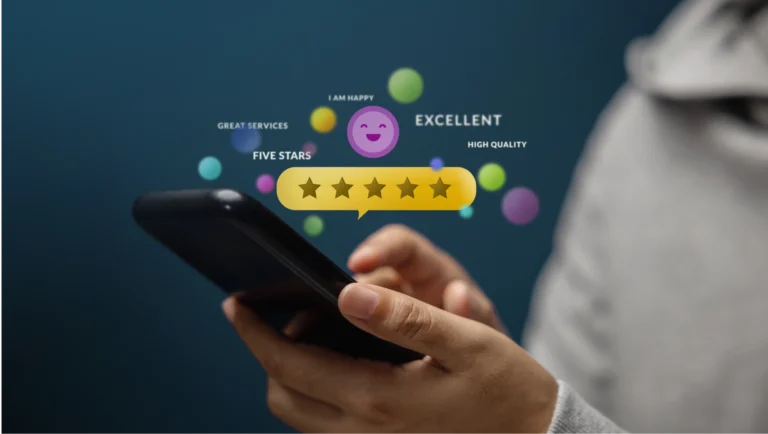For those new to Net Promoter Score (NPS), it can be easy to fall into the trap of obsessing over the score. However, NPS is so much more than just a score.
Used to its full potential, an NPS program gives customers the opportunity to provide reasons and context around their experience feedback. Which, as you can imagine, provides you with a rich amount of unstructured responses to go through.
The benefits of this includes being able to gain understanding around the cause, consequence and correlations of the experience.
Customer loyalty or advocacy isn’t earned with a number. Loyalty and advocacy is earned through the creation of authentic relationships.
There is no program or methodology out there that can formulate or somehow automate the creation of authentic relationships. This lies with the company and the employees, because relationships are formed through human interaction.
If this is the case, then what is the point of the Net Promoter Score?
NPS provides the framework for organisations to use feedback in order to provide a structured approach to measuring and improving customer experience.
Which if you think about it, makes sense. Right?
It’s an approach, a framework, a methodology, not a silver bullet.
My Four C’s to Customer Experience, or NPS programs.
My take on NPS programs and systems? I believe the roll of a customer experience management program, voice of customer program, NPS program or whatever you would like to call it are to provide:
- Context
- Cause
- Consequence
- Correlations
Let me elaborate further.
So with the advancement of technology and systems it is now possible to easily and quickly automate, analyse and gain insight into customer experience which enables you to get the context, cause, consequence and correlations.
Let me take you through some possibilities.
If you have read any of our blogs or had a look through our website you would have seen our process wheel or methodology.
Ultimately we base everything we do on these four steps – Listen, Act, Discover and Improve.
Most of us are really familiar with the Listen and Act stages.
Listen involves gathering feedback, potentially through various channels – email, sms, in app.
Act involves reviewing and taking steps to action the feedback. This is more focused on frontline employees and frontline managers. It is about being transparent with feedback. Enabling staff to see it, use it to improve themselves and their teams and more.
Again, it’s not about the score, the score is the result.
What it’s really about is using insights from feedback captured to do things like, train up staff, improve store layout or even improve stock levels.
Going on a slight tangent here, but if we look at the research around intrinsic vs extrinsic motivation in organisations it speaks quite clearly. Using extrinsic motivation (like bonuses) is not as effective as using intrinsic motivation (autonomy, mastery, purpose). For a good overview of the research watch this TED talk by Dan Pink; The Puzzle of Motivation. My point is, the listen and act stages are really about intrinsic motivation, by utilising the feedback provided by customers you are tapping into this intrinsic motivation. More on this a little later…
So going back to the methodology, the next stage is discover. This stage is about the business analytics and insights you can gather through mining the data captured and provided in the first two stages.
Now the traditional survey platforms out there don’t provide the really amazing analytics technology that I know exists. After years of manually “tagging” verbatim answers, reading every single response, adding up scores and trying to come up with something usable to improve something, I was completely blown away by the amazing insights that our Pulse Analytics platform provides.
So here are a few screenshots of Analytics.
What you can see in the first screen is 3 columns, red – for detractors, grey – for neutrals or passives and green – for advocates. Doesn’t seem so great until I explain a little further. So each one of those columns is made up of “cards” and each card is essentially one person or one piece of feedback. On each of these cards you will see the person’s name, feedback, the score they gave, and even details like the value of their purchase when they gave that feedback. Basically this card can include any kind of contextual data which you have.
These cards can even be sorted by filtering on “categories” or “tags”, so that you can see everyone who mentioned “fantastic staff” or maybe “big queues” or are aged from X to Y. It’s only limited by the data you have.
From here you can really dig into responses and review trends and see where things can be improved. This is what is usually missing with your normal survey programs, and this is what really blew me away. In Pulse Analytics you can actually begin to see and understand the Context, Cause, Consequence and Correlations.
So onto the next stage, Improve. This stage is about being able to visualise and place customer feedback front and centre in your organisation. Our BSA or Big Screen App, allows you to do that, by taking the “cards” and displaying them on a large screen so staff can view. Again this ties back to what I was discussing earlier around intrinsic motivation, and used properly it is a way to display the great work your frontline have done. Each card shakes when a new response arrives, replacing an older response. So it’s really engaging and simple to use.
I hope throughout this post I have really emphasised how NPS is not just a number or score. The score is the result and the process. The journey and engagement with employees and customers is what will make the difference and, as a result, the score will improve.










